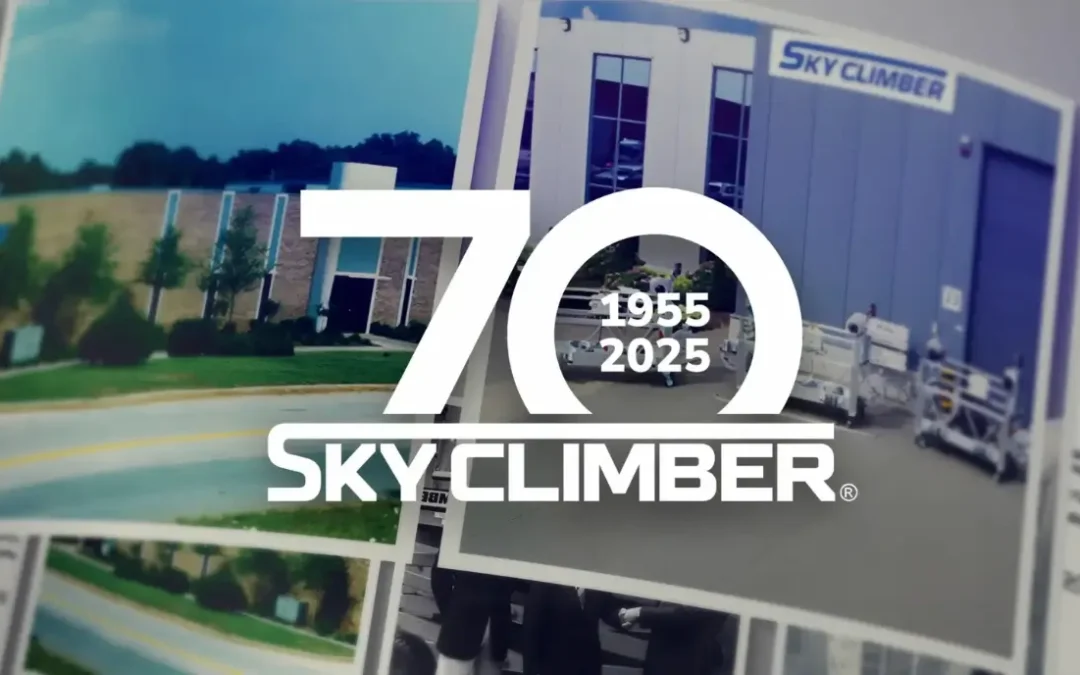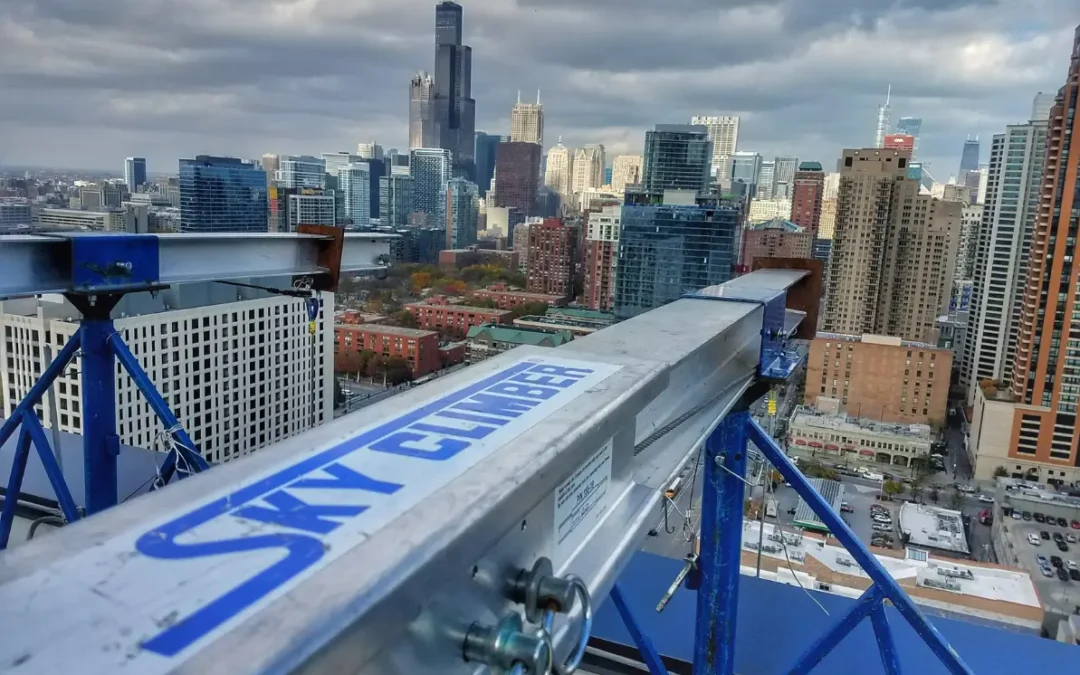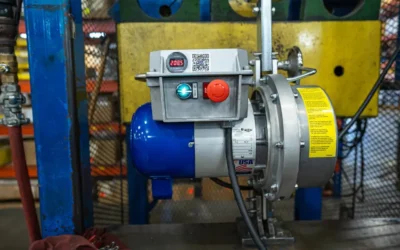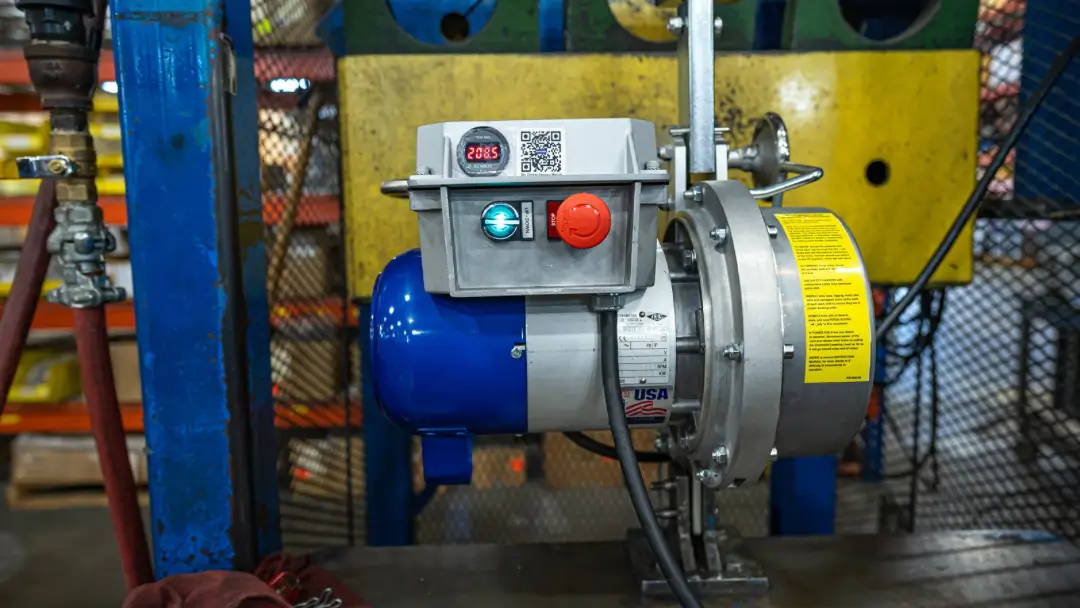
Exoskeleton of an “Impossible Build” gets suspended access treatment
As seen in Scaffold and Access Magazine
By Kit Carroll
ONE THOUSAND MUSEUM TOWER is a 62 story ultra-luxury condominium tower overlooking Biscayne Bay in Miami.
Featured on “Impossible Builds” by PBS, the building garnered considerable attention before and during construction.
The tower is the brainchild of Architect Zaha Hadid, the name behind iconic buildings such as the Dubai Opera House, the BMW Central Building in Germany and the Guangzhou Opera House in China. The residential building is the first tower in the Western Hemisphere to be designed by the late architect.
One Thousand Museum is meant to usher in a new generation of modern architecture in Miami with its unprecedented glass-fiber-reinforced exoskeleton and ultra-luxurious amenities. The curvilinear exoskeleton lends a sculptural quality to the tower and while the design allows for fewer interior columns and better views throughout the 709-foot tower, it meant serious challenges for crews tasked with glazing, painting, and stucco work. During the construction of this remarkable building, Sky Climber Access Solutions provided a full suspended access system with Sky Climber roof rigging, material hoist and suspended access platforms.
This 62-story skyscraper features a unique concrete exoskeleton where cladding casings themselves become part of the structure – a system not implemented at this scale until now. The permanent formwork is made up of more than 4,800 glass-fiber-reinforced concrete (GFRC) pieces that were shipped from Dubai and assembled on-site. Once installed, the formwork pieces were filled with concrete and left in place. Later, each section was covered with cladding to streamline the overall look of the structure.
Upon completion of the 30th floor in 2017, Sky Climber began installing rigging elements for use in installing windows, caulking, and other tasks associated with “drying out” or sealing each floor. During this phase, rigging was installed on individual floors to launch suspended access platforms below. Glazing teams also utilized a 1500-pound material lift to carry and maneuver thousands of glass panels into place. These glass panels form floor-to-ceiling windows on every level, allowing for amazing views of Biscayne Bay and the Atlantic Ocean.
The complete roof rigging system was later installed once the tower topped out at sixty-two (62) stories in February, 2018.
The complete suspended access system included thirty-two (32) rolling roof rigs and beams which were erected on the roof of the tower. The rolling roof rigs supported sixteen (16) Sky Stage Ultra (SSU) suspended access platforms around the crown of the tower, with three on each side and one on each corner. On three sides of the tower, additional scaffolding was constructed two floors below the roof on the penthouse-level balconies to provide additional rigging beam support.
Each suspended access platform required 700 feet of wire rope and 800 feet of power cords, which presented a challenge due in part to the coastal location. High winds and extreme drops lengths meant that thousands of feet of cords and rope needed to be carefully managed, ultimately necessitating dedicated staff to safely manage cables every day.
The Sky Stage Ultra platforms used at One Thousand Museum ranged from twenty to thirty (20 to 30) feet long and were each outfitted with LNX-1000 3-Phase hoists.
The three-phase (3PH) feature of these electric LNX hoists makes them well-suited for suspended access applications with tall drops. Generally, a 3PH motor draws less amperage than a single phase, is more efficient, and less likely to overheat when moving long distances up and down. The overall voltage required by the hoist is also reduced, so potential voltage loss over the length of the drop cords is more easily accommodated by a three-phase hoist.
Careful measurements were critical to ensure that each time a platform descended along the building, it would safely clear structural elements while still providing the necessary access. Platforms were also outfitted with extra wall rollers to help navigate exoskeleton sections.
To further complicate the use of suspended access platforms, no balconies protrude from the tower’s facades aside from the penthouse-level balconies. This meant that if platform users experienced any issue with tangled lines, there were no balconies available to temporarily land a stage. Rescue or repair would have to come in the form of another platform lowered in parallel. To minimize these risks, Sky Climber Access Solutions’ Miami Branch provided daily on-site cord management and regular operational training.
Throughout the remainder of construction on One Thousand Museum, several crews used Sky Climbers suspended access systems. Glazing and caulking teams relied heavily on the system to install and seal windows on every face of the tower, revisiting them late in the construction process to remove protective films from every pane. Stucco crews and painters made cosmetic repairs to the exoskeleton sections in preparation for the tower’s much-heralded grand opening.
Throughout this multi-year project, Sky Climber Access Solutions provided consulting, on-site support, and operational training. One Thousand Museum officially opened in July, 2019.
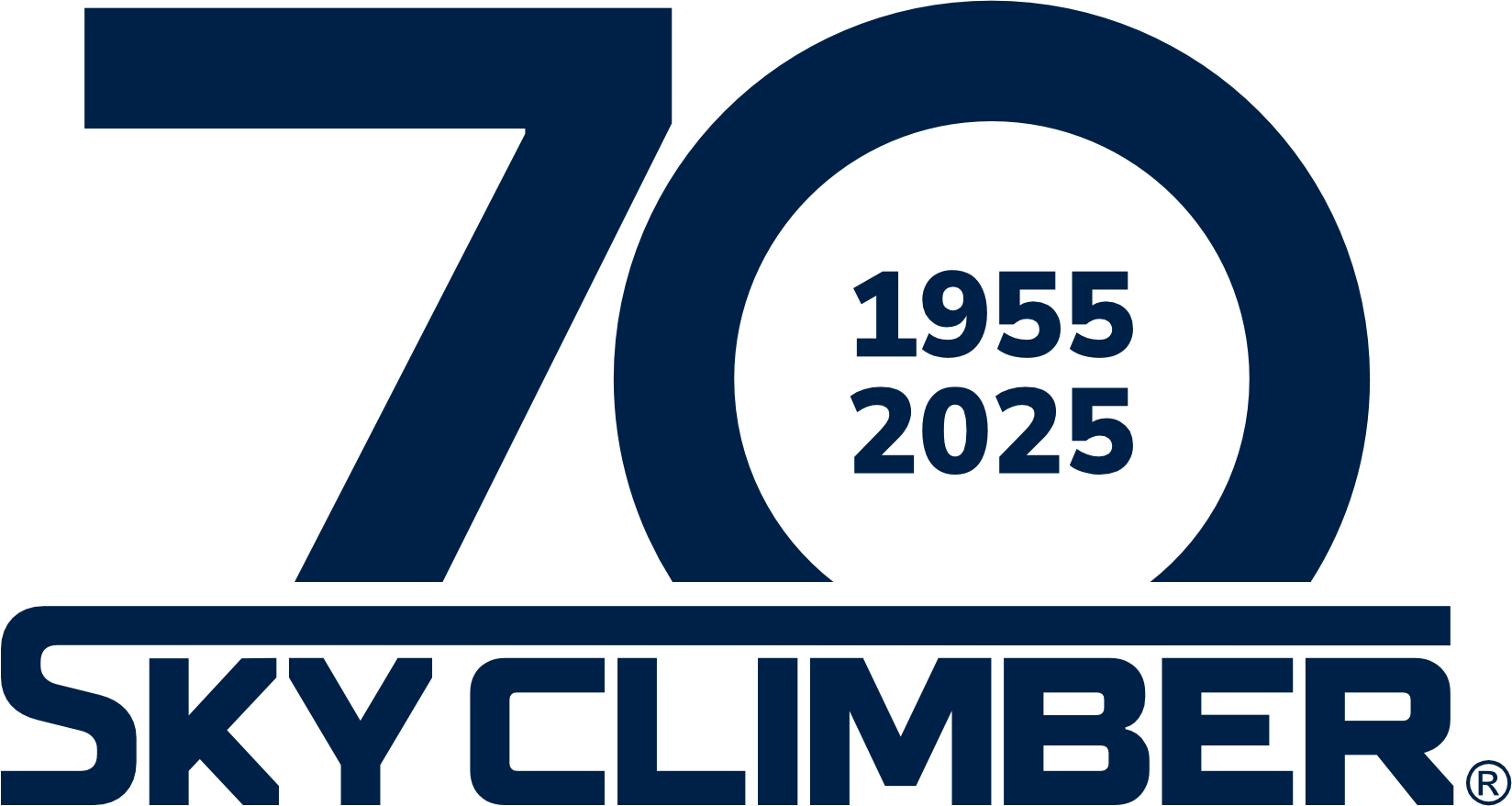
Marketing Department
press@skyclimber.com
Follow along with us


